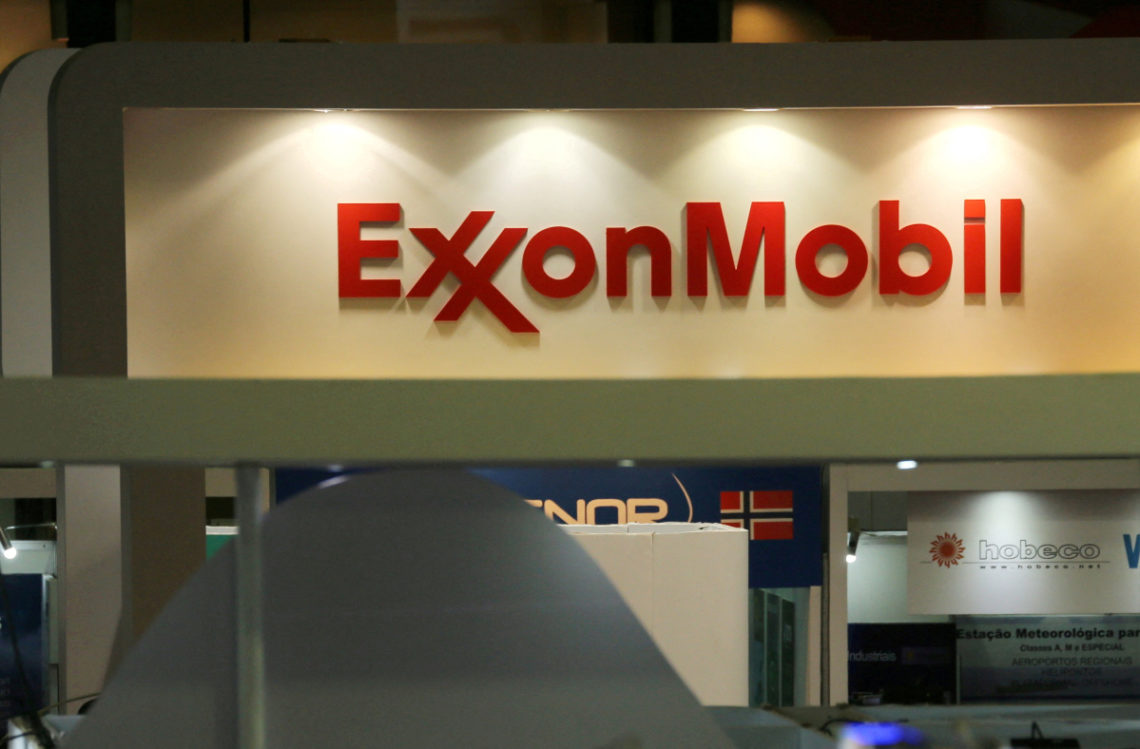Exxon Mobil’s shares opened this morning under modest pressure, trading around $114.69, reflecting a slight pull-back as investors digest its third-quarter earnings.
The stock’s muted movement comes despite the company posting a stronger-than-expected earnings figure. For Q3 2025, Exxon reported adjusted earnings of $1.88 per share, topping analyst expectations around $1.82. Production in key assets also grew: total output reached roughly 4.8 million barrels of oil-equivalent per day, with record contributions from the Permian (about 1.7 million boepd) and Guyana (above 700,000 boepd), according to Reuters.
However, the backdrop tempers euphoria: revenue declined year‐over‐year (about 5% drop reported) and free cash flow fell sharply, from $11.3 billion a year ago to $6.3 billion this quarter. Those mixed signals help explain why the stock isn’t rallying aggressively despite the beat.
Investors appear balancing the positives — strong operational execution and dividends — against the negatives: weaker pricing environments, margin pressures, and a less stellar cash-flow outlook. The stock’s modest early move suggests the market wants more clarity on whether Exxon can sustain earnings and cash generation under challenging commodity conditions.
Looking ahead, two key factors will likely drive the stock: whether Exxon continues to grow production in high-margin assets, and whether it can protect or grow cash flow in a lower-price oil environment. Given its current yield and steady shareholder returns, income-oriented investors may remain comfortable; growth-focused investors may await stronger signals of margin recovery before more aggressive positioning.
Exxon Mobil has invested heavily in advantaged volume growth, particularly in the Permian Basin and offshore Guyana, where recent project start-ups are delivering production ahead of schedule and under budget, according to Reuters. At the same time, the oil-price environment has been challenging: Brent crude averaged about $68.17 per barrel in Q3, down roughly 13 % year-over-year.
Exxon returned roughly $9.4 billion to shareholders in the quarter (dividends + share repurchases) and announced a dividend increase to $1.03 per share for Q4. The company is also pursuing cost-savings and capacity improvements to bolster its resilience.
That said, the drop in free cash flow raises questions about near-term flexibility and the extent to which production gains can offset weaker margins and pricing. With the sector facing demand uncertainty and downward pressure on refining/chemical margins, Exxon’s ability to maintain its dividend growth and buyback pace may be watched closely by the market.
Overall, Exxon’s stock is performing cautiously today — with reason. The earnings beat is real and the growth in production is meaningful, but weaker revenue and cash‐flow signals are likely keeping many investors on the sidelines until the next catalyst emerges.
The post XOM Stock Update: Exxon Shares Open Under Pressure of Dropping Cash Flow appeared first on International Business Times.




